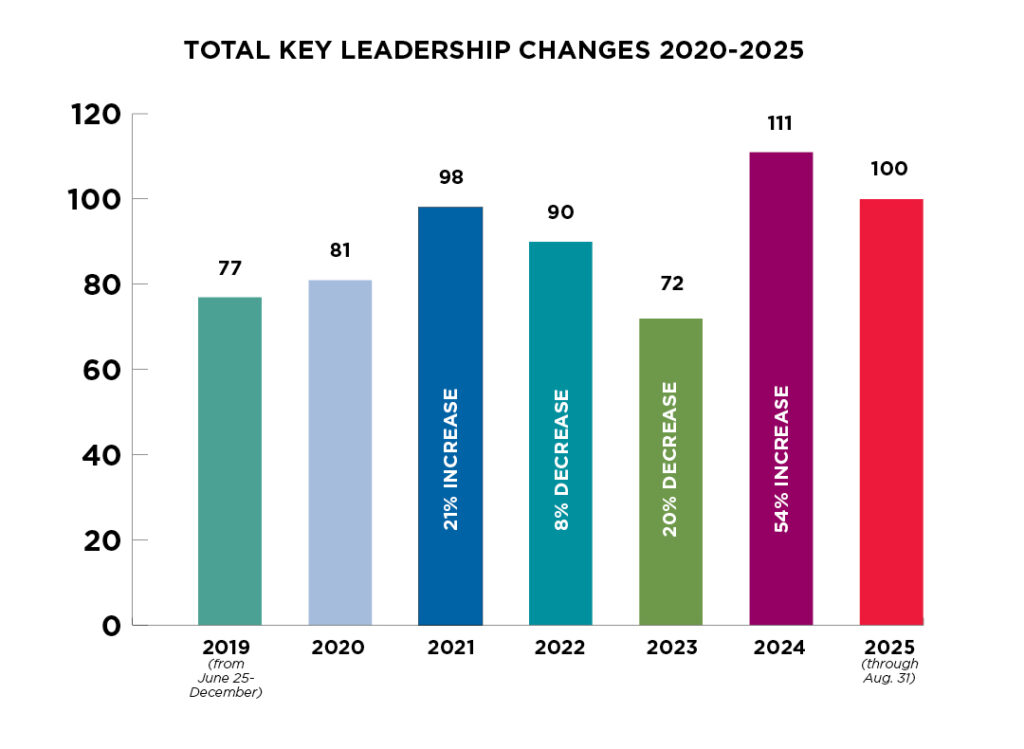The Elbert Files: State benefits from ‘tax cuts’

DAVE ELBERT Nov 1, 2018 | 3:37 pm
3 min read time
615 wordsBusiness Record Insider, Opinion, The Elbert FilesHere’s a curious bit of financial irony: Tax cut legislation is the reason state government is flush with money leading up to Tuesday’s election, and it’s why state tax receipts will continue to grow next year.
To be clear, the extra income is not from an expanding economy, which is what tax cuts are often designed to do. That may happen someday, but it’s way too early for anything like that yet.
This new money is coming directly from workers’ and consumers’ pockets in the form of higher tax payments.
I know that’s contrary to what you might expect. So let me walk you through it. There are two key pieces to this situation.
The first is the U.S. Tax Cut and Jobs Act of 2017. It lowered tax rates and increased many credits and deductions so that most workers will have lower federal tax bills this year.
Paycheck recipients noticed the difference last February, when the amount of federal tax withheld from their pay decreased. Others will also see differences when they file tax returns for 2018.
Lower federal income taxes resulted in an automatic increase in state tax receipts because the extra take-home pay is subject to state income tax.
Here’s an example. Assume someone is paid $1,000 a week and $250 is withheld for federal taxes. When the tax law changed, only $220 was withheld. The extra $30 a week ($1,560 a year) went into the worker’s pocket, where it is subject to Iowa income tax.
Whenever federal income tax payments are reduced, it creates a windfall of new taxable income for state governments, unless states adjust their tax rates to reflect the change.
The massive new Iowa tax law passed earlier this year made that change, but here’s the kicker. The Iowa law doesn’t take effect until Jan. 1, 2019, while the federal law took effect a year earlier. That means state government will receive a full year’s worth of higher tax receipts before lower Iowa rates offset the federal cut.
Iowa lawmakers could have made the state tax cut retroactive to coincide with the federal cut. But they didn’t, because Iowa needed the extra money.
Without that extra income, it’s doubtful Iowa tax receipts for the fiscal year 2018, which ended June 30, would have covered all of the state’s expenses.
That’s what happened a year ago, and it resulted in Iowa having to borrow from future revenues to close out the books on 2017.
But this time, because there was windfall income from the federal tax cut, state tax collectors were able to replace the money that was transferred a year ago to cover the 2017 deficit and still finish the 2018 fiscal year with a surplus of $144 million.
The second key to explaining Iowa’s increased tax receipts involves taxing online sales.
Iowa’s new tax law included provisions that expanded the state’s ability to tax online transactions.
The Iowa Department of Revenue predicts new taxes from online retailers and service providers will total $22 million during the first six months of 2019. They further estimate that taxes from online transactions will increase to $65 million the following year and then go up 8 to 10 percent each year into the future.
That might seem like new money, and it will be for a while. Eventually, though, it will largely replace taxes that are lost as increasing numbers of local retailers are forced out of business by the digital economy.
The extra revenue generated by the federal tax cut and growing receipts from online sales should keep Iowa’s budget in the black during the coming year.
After that, it will be a whole new ballgame.









